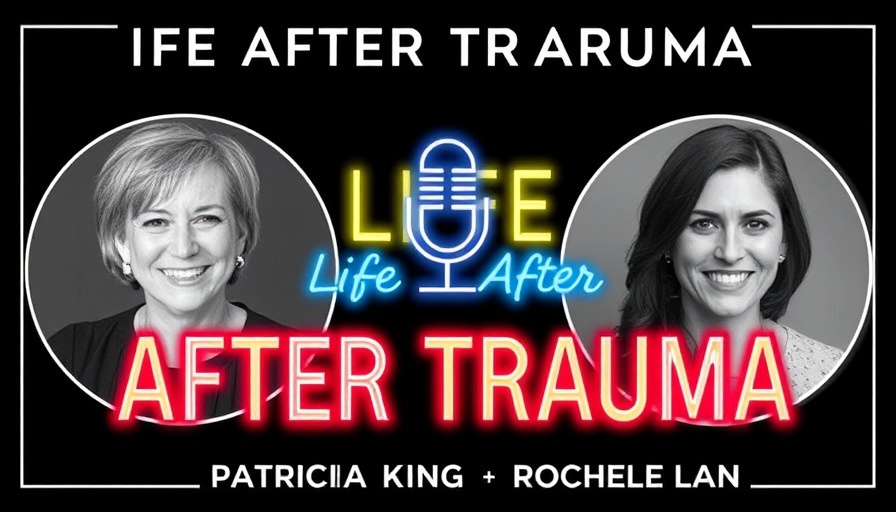
Finding Light in Shadows: The Journey Beyond Trauma
In the video titled Life After Trauma Part 2, spiritual leaders Patricia King and Rochelle Lang unpack the complexities of healing from traumatic experiences within the Christian faith. They present a scenario that resonates deeply with spirit-filled Christians and those navigating their faith amidst personal upheavals. Trauma can often feel like an insurmountable obstacle, casting long shadows over our spiritual journeys. However, King's insights remind us that it is possible to find light and purpose even after the darkest moments.
In the video Life After Trauma Part 2, the discussion dives into the intricate healing process that follows trauma, exploring key insights that sparked deeper analysis on our end.
Understanding Spiritual Warfare in Healing
A significant theme presented in the video is the concept of spiritual warfare. The acknowledgment that trauma can open doors for spiritual attacks is critical. King emphasizes that the enemy often seeks to exploit our wounds, leading us into despair. By identifying these patterns, believers can equip themselves with tools of prayer and discernment to combat feelings of helplessness. This knowledge is instrumental for intercessors and watchmen, as they are called to engage in prayers that reclaim territory lost to trauma.
The Role of Community in Recovery
King and Lang underscore the importance of community support during the healing process. Faith-driven conservatives and prophetic believers alike can find strength in accountability and encouragement from fellow believers. Healing is not meant to be a solitary journey; the Church acts as the body of Christ, where every member’s pain and struggle is recognized. The shared experiences foster a sense of belonging that is essential for spiritual restoration and growth. As Patricia King notes, there is power in testimony; sharing our journeys can inspire others to seek healing, too.
Actionable Steps Towards Personal Breakthrough
The video provides actionable insights that readers can implement in their own lives. This includes practical tips such as engaging in daily prayer, seeking mentorship from church leaders, and practicing self-care. King encourages believers to meditate on scripture that speaks to their healing, reinforcing the notion that God's promises can lead us towards personal breakthroughs. Activities such as journaling can also serve as a powerful tool for reflection and healing, allowing individuals to articulate their struggles and victories alike.
Future Predictions and Hope for a Restored Community
Looking ahead, there is a shared hope for restoration within the Christian community. Both speakers proyect that as more believers confront their traumas and embrace healing, a revival atmosphere will emerge. The process of healing from trauma is not merely personal but communal, inviting the church to step into an age of reformation. This aligns with the prophetic voices in the current landscape, urging a unified approach to healing and miracles.
In sum, the insights gained from Life After Trauma Part 2 provide a roadmap for navigating the spiritual intricacies of recovery in a world that often feels chaotic and relentless. Patricia King’s wisdom, when coupled with Rochelle Lang's compassionate approach, fosters a profound understanding of healing as holistic and transformative. For believers searching for clarity in their spiritual walks, such conversations cultivate deep-rooted growth and inspire a shared journey toward divine promise.
If you resonate with these themes and seek a deeper understanding of how to live beyond trauma, consider engaging with your church community or exploring resources that facilitate healing and spiritual growth. Remember, every journey begins with a single step—take that step today.
 Add Row
Add Row  Add
Add 




Write A Comment